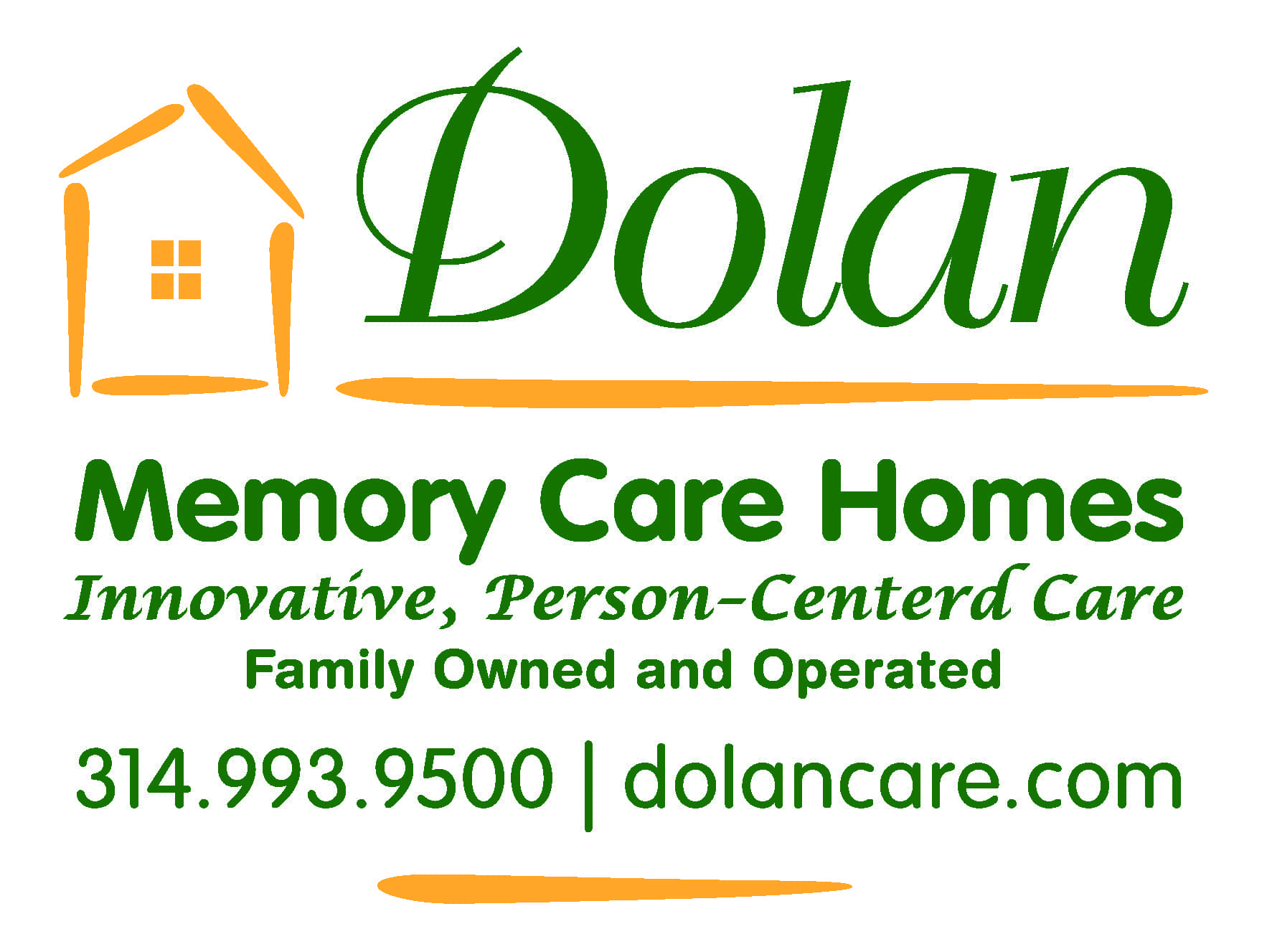Introduction
Disorientation is a common problem for many people with Alzheimer’s disease. Sometimes familiar objects look different or unfamiliar (visual disorientation), while at other times space appears confusing, which makes navigation from one place to another difficult (spatial disorientation). Patients who are unable to make use of objects and cues in their surroundings may wander away as they try to find something which looks familiar to them. This can occur within a long-term care facility as well as outside of it.
Research
This study examined whether specific objects with long-term memory associations are more effective cues than objects with no personal associations in helping ten participating patients find their own rooms. For the first half of the study, personal articles such as photographs, collectibles, and treasured items were placed in locked display cases outside the patients’ rooms. Similar objects with no personal meaning to patients were used as cues in the second part of this study. The ability of patients to find their rooms was compared under these two conditions.
Results
Results show that in the early stages of Alzheimer’s disease, patients were able to find their rooms regardless of which items were in the glass showcases. The display cases with personal objects were somewhat helpful for some patients in the middle stages of the disease. The most reliable cues appear to be items with long-term memory associations.
Application
The ability to read a name or room number or to associate a recent photo with present reality may become increasingly difficult for Alzheimer’s disease patients. In the long-term care setting, prominent display of significant and meaningful objects may help Alzheimer’s disease patients find their specific rooms and help reduce spatial disorientation. Symbolic associations such as pictures of favorite vacations or favorite animals may give pleasure, but are perhaps less effective than more concrete objects. In the home setting, objects, furniture, and photographs which recall long-term memory associations may help decrease visual and spatial disorientation. For example, Alzheimer’s disease patients would be more likely to understand cues like an old favorite chair, lamp, or other memorabilia than newer objects which are perhaps more appealing to other family members.
Schedule A Tour
“As long as people have a need, and I can provide a place, I’ll keep doing it.”
-Tim Dolan, Founder


